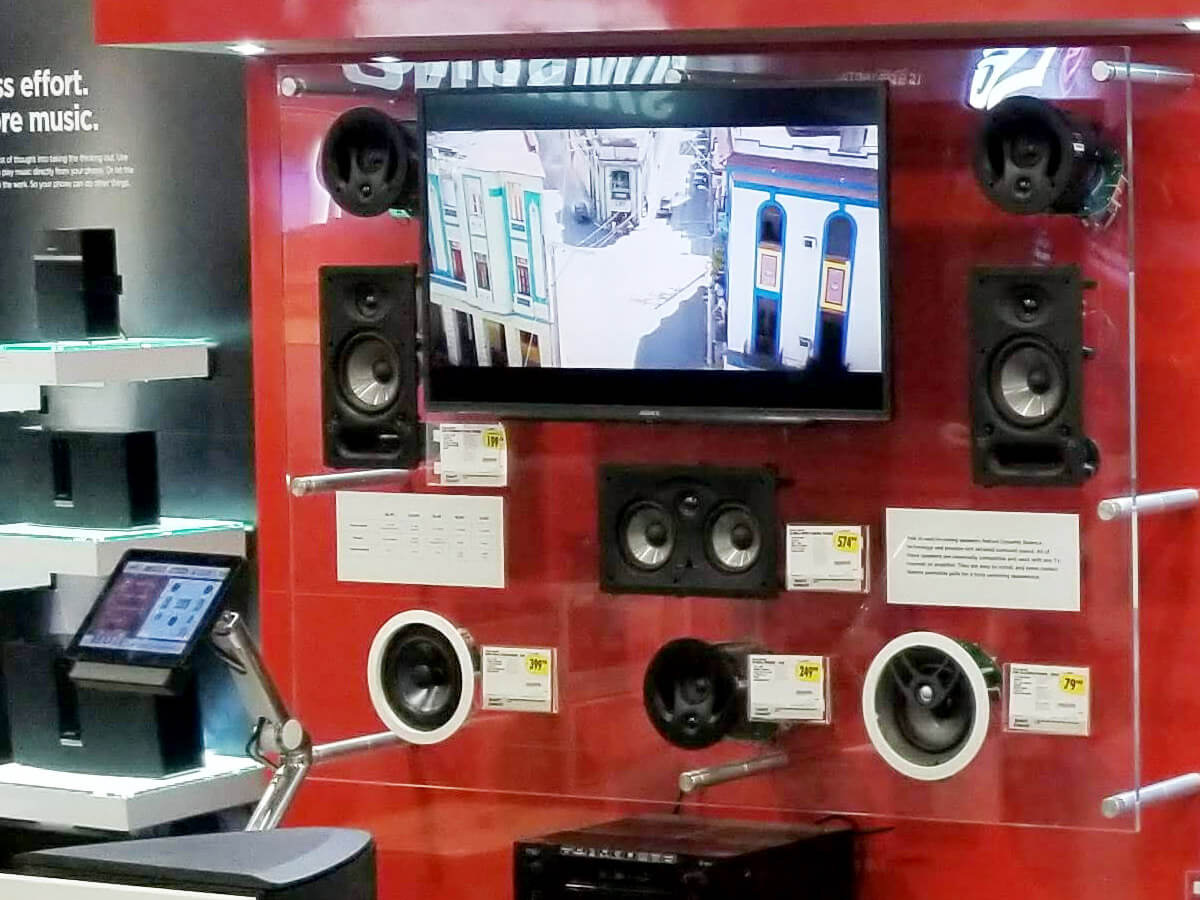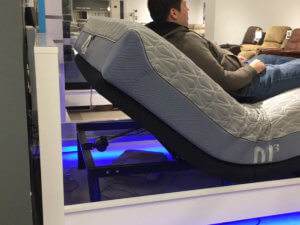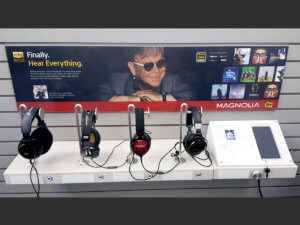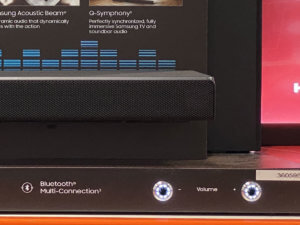
Better Design For Your Interactive Retail Displays
Today’s customers are more discerning than ever – you have to engage with them to stand out. One of the most effective ways to do so is with interactive retail displays. These displays create a sense of ownership between the user and your product by inviting them to engage with your customer experience. Customers are much more likely to buy a product once they experience how it will enrich their life. We know that 60% of shoppers make an unplanned purchase while they are shopping. 16% of those purchases result from their experience with an in-store display (Shop! Mass Merchant study).
There’s a lot to consider when designing an interactive shopping experience. We decided to share Ascentic’s three do’s and don’ts for creating compelling interactive retail displays.
1. Design Intuitively

Customers must understand how your display works before they can use it. Take our BedGear Experience for an example. Automation, video, audio, motion sensing, and manual controls – this demonstration system unites multiple technologies to envelop the shopper in a powerful selling experience. The presentation is triggered once the user lies on the bed – it’s as simple as it is effective, and that’s the key. Don’t overcomplicate things. If your user interface can do fifty cool things, but the customer can’t figure out how it works, then it does nothing. Limit yourself to the essential elements, and present them clearly.
2. Mind Your Audience

Think of your audience as anyone who can see or hear your presentation; this includes your customers and staff. Using sound is a great way to engage your audience. Our display for Best Buy’s Magnolia Theatre offers a creative take on interactive audio displays.
When a customer selects a pair of headphones, they have the option to play a song from the embedded Sony Walkman or connect their device and play music of their choice. When they hear their music playing through the headphones, it further personalizes the experience. By structuring the presentation this way, we also navigated a significant hurdle of interactive audio displays.
The tricky part about audio is that you still need to attract customers to the products you want to sell. Don’t let your audio play so loudly you can hear it from the other side of the store. Instead, create a quiet and personal experience with just enough volume to let the customer know where your interactive retail display is located. You have a great product. Let your audience choose to come to you.
3. Be An Innovator

With the growth of interactive experiences, it’s more important than ever that your display stands out in the crowd. Our Samsung Contactless Experience goes beyond light and sound to attract customers. The short-range proximity sensor invites users to connect without contact via a wave of the hand and visual feedback. This type of interface is especially effective if your customers are worried about germs or viruses.
With that said, don’t add bells and whistles for no reason. You want every element of the display to help the customer make a buying decision. In addition to these three to’s and don’ts, we’d like to add contacting Ascentic to design your next custom solution.
For more examples of our custom retail solutions, visit https://ascenticretail.com/our-portfolio/. You can also contact us directly. We would be happy to be your partner.
